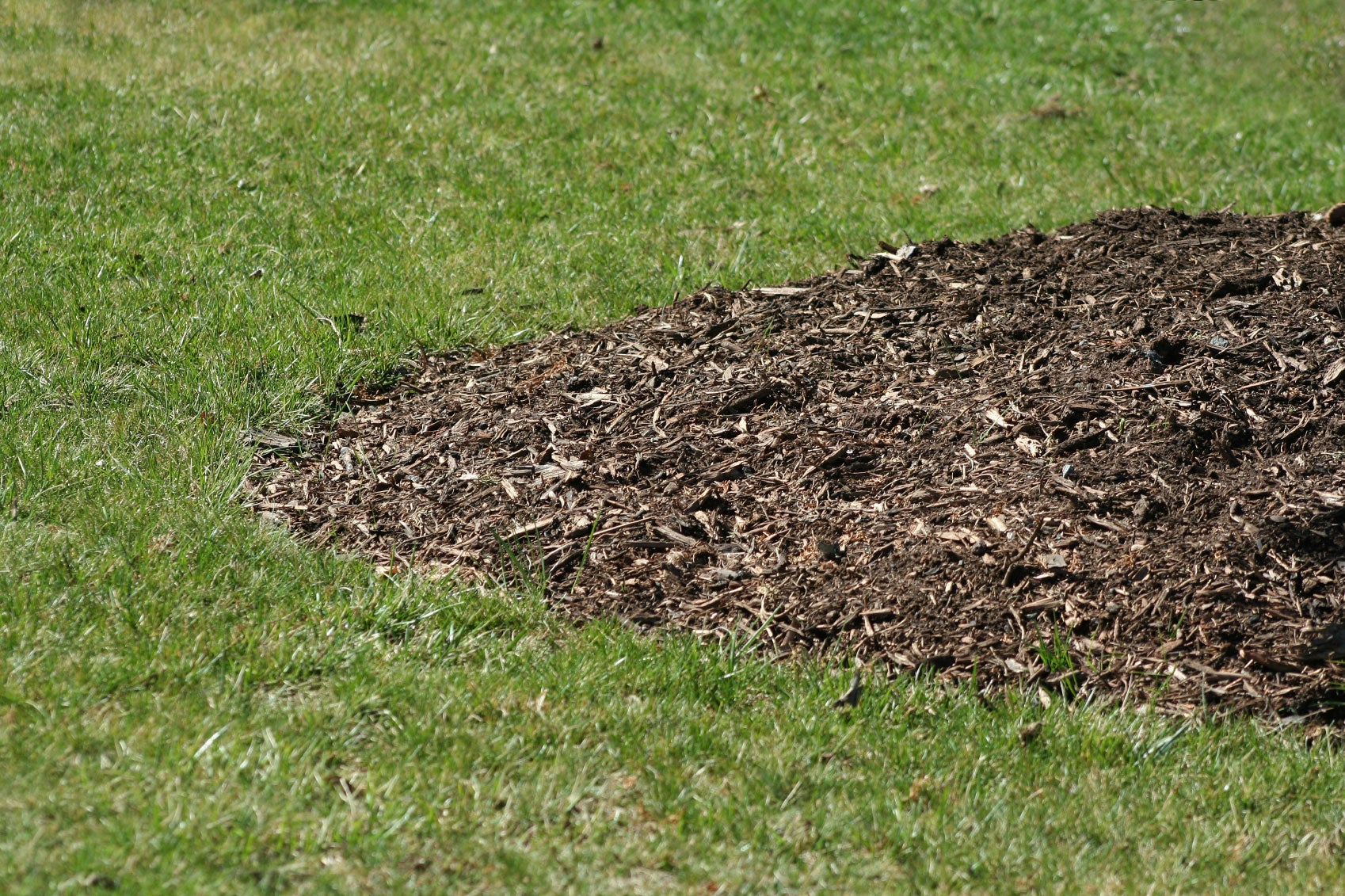Hybrid Bluegrass Information - Types Of Hybrid Bluegrass For Lawns

If you're looking for a tough, easy maintenance grass, planting hybrid bluegrasses may be just what you need. Read on for hybrid bluegrass information.
What is Hybrid Bluegrass?
In the 1990's, Kentucky bluegrass and Texas bluegrass were crossed to create a hybrid bluegrass seed. This type of cool season grass is commonly known as heat tolerant bluegrass because of its ability to withstand high temperatures. Types of hybrid bluegrass seed include:
- Reville
- Longhorn
- Bandera
- Thermal Blue
- Thermal Blue Blaze
- Dura Blue
- Solar Green
Hybrid bluegrass is fairly easy to grow, though it does take longer than other bluegrasses to establish. Once established, however, it grows very vigorously and requires little work to keep up.
Hybrid Bluegrass Information for Growing
Plant hybrid bluegrass as you would any other bluegrass, in the fall when the soil temperatures are between 50 and 65 degrees F. (10-18 C.). Be sure to prepare the soil by taking a soil sample, making proper amendments, and tilling or raking to provide a level and clean planting surface. Heat and Shade Tolerance. This grass actually seems to grow better in the heat of summer, while other grasses suffer. Since it grows well in heat, it is able to withstand more damage and traffic in the summer than other types of bluegrass. Dry areas, or places with little irrigation abilities, will be able to successfully grow this grass even in the summer. Although this grass can take the heat, it will grow fine in the shade too. Root Growth. Hybrid bluegrass develops a sturdy root system that is very thick and deep. This contributes to its drought tolerance and ability to handle foot traffic. Due to the deep density of roots, planting hybrid bluegrass is common in all sorts of recreational facilities, or high-use areas. Aggressive Rhizome. The underground stems or rhizomes of this grass are large and aggressive. These stems are the growing points of the grass that forms new grass plants, so aggressiveness leads to a thicker lawn. It is because of this, it is able to heal itself much quicker after damage and fill in bare spots without a problem. Areas that are used frequently and are damaged regularly will benefit from a good stand of hybrid bluegrass. Low Mowing. Some grasses do not do well when mowed at low heights, especially in the heat. When the grass is cut, it may brown in areas, wither, or sometimes die in patches. Hybrid bluegrass, however, does quite well when kept low and neat. This makes an attractive lawn, sports field, or golf course. Less Watering. Once the root system is developed, this grass requires little watering. The deep root system and ability to withstand heat will keep it alive during droughts with little irrigation. This makes it easy and inexpensive to sustain a healthy and attractive lawn.
Gardening tips, videos, info and more delivered right to your inbox!
Sign up for the Gardening Know How newsletter today and receive a free copy of our e-book "How to Grow Delicious Tomatoes".
-
 Looking For Plants To Give You The Soft And Fuzzies? Try These 5 Fuzzy Leaf Plant Options
Looking For Plants To Give You The Soft And Fuzzies? Try These 5 Fuzzy Leaf Plant OptionsLovers of texture, drama, silver foliage and tactile plants will adore these special sensory garden additions. These fuzzy leaf plant options will leave you all aglow
By Susan Albert
-
 Get Ready For A Summer Of Hummers! Grow These Full Sun Hummingbird Plants and Flowers
Get Ready For A Summer Of Hummers! Grow These Full Sun Hummingbird Plants and FlowersIf you’re lucky enough to enjoy a sunny backyard, make sure you are maxing out on your pollinator opportunities and grow these full sun hummingbird plants and flowers
By Tonya Barnett